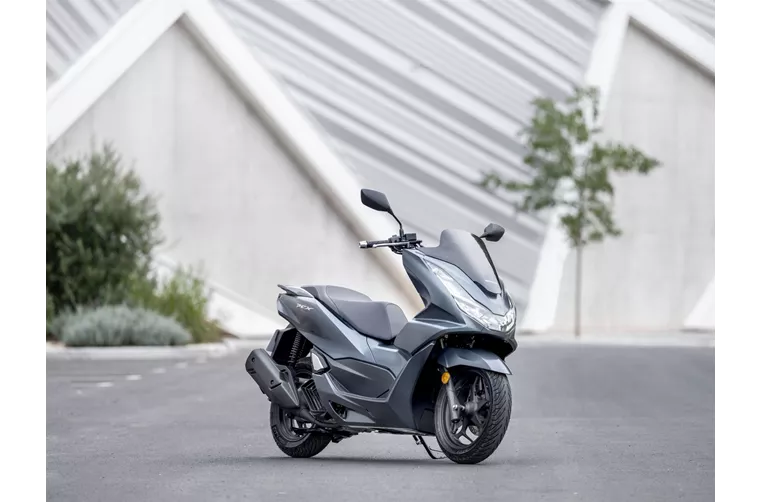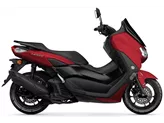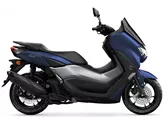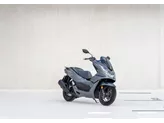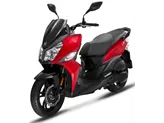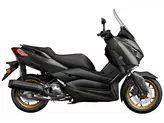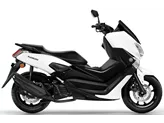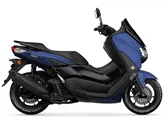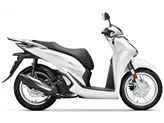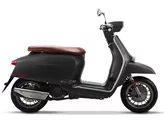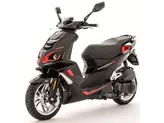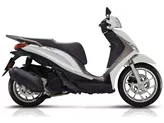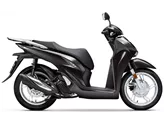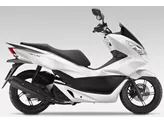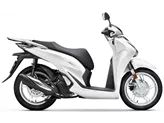Honda PCX 125 2021 vs. Yamaha NMAX 125 2017

Honda PCX 125 2021

Yamaha NMAX 125 2017
Overview - Honda PCX 125 2021 vs Yamaha NMAX 125 2017
The Honda PCX 125 2021 and the Yamaha NMAX 125 2017 are both popular scooters in the 125cc segment. While they have some similarities in terms of technical specifications, they also have distinct features and characteristics that set them apart.
Starting with the engine and drive train, both scooters have similar power outputs, with the Honda PCX 125 producing 12.5 HP and the Yamaha NMAX 125 generating 12.2 HP. The torque figures are also quite close, with the Honda PCX 125 offering 11.8 Nm and the Yamaha NMAX 125 providing 11.7 Nm. Both scooters feature fuel injection systems, centrifugal force clutches, belt transmissions, and 4-stroke engines with liquid cooling. They also have the same displacement of 125cc, making them suitable for urban commuting.
In terms of suspension, both scooters come equipped with telescopic forks at the front and dual shock absorbers at the rear, ensuring a comfortable ride over various road conditions. The braking systems differ slightly, with the Honda PCX 125 having a single disc brake at the front with a diameter of 220 mm, while the Yamaha NMAX 125 features a larger front disc brake with a diameter of 230 mm. The rear brakes also differ, with the Honda PCX 125 having a drum brake and the Yamaha NMAX 125 featuring a disc brake.
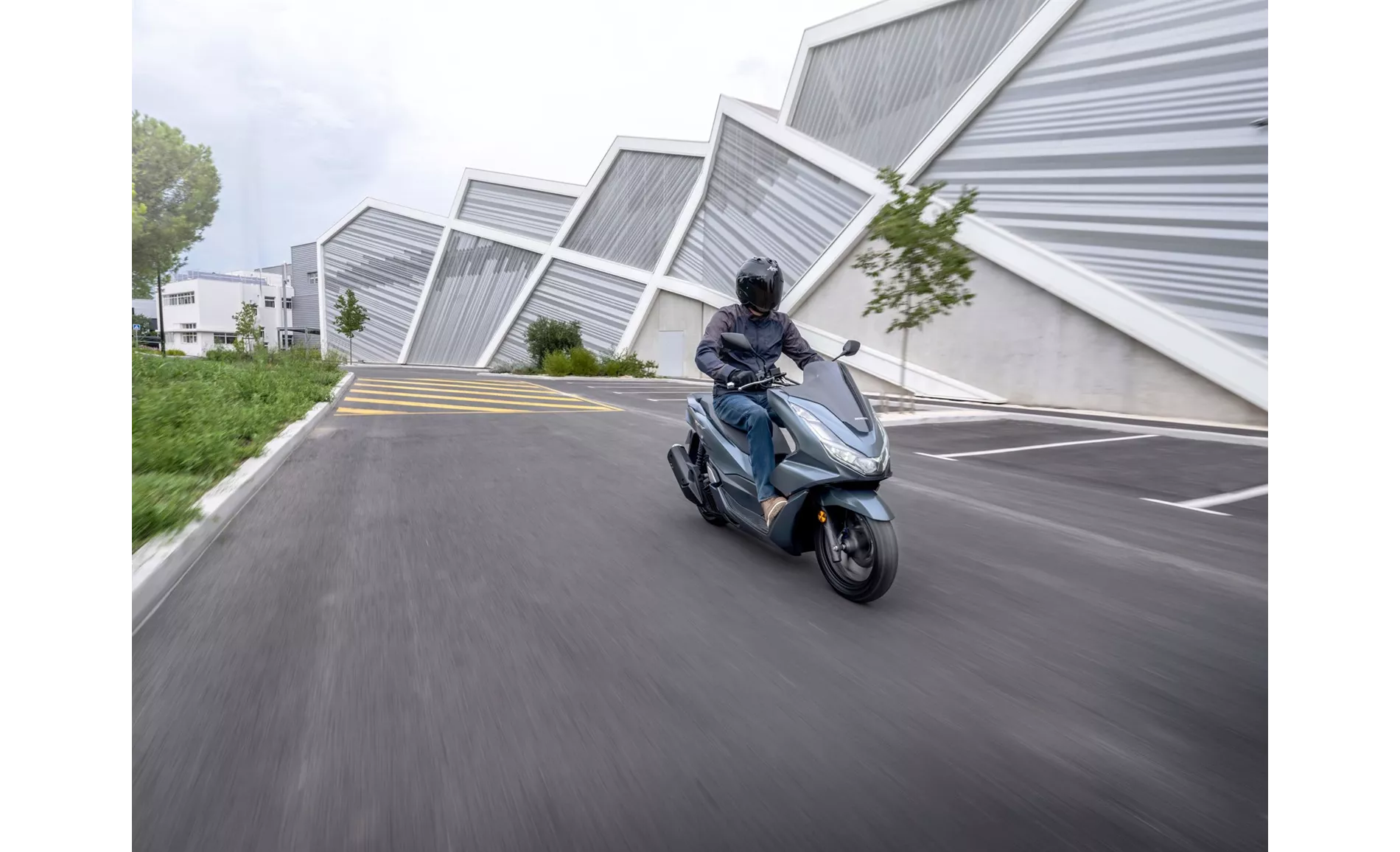
Honda PCX 125 2021
Moving on to dimensions and weights, the Honda PCX 125 has a front tire width of 110 mm and a diameter of 14 inches, while the Yamaha NMAX 125 has a front tire width of 110 mm and a diameter of 13 inches. Both scooters have the same rear tire width of 130 mm and a diameter of 13 inches. The wheelbase of the Honda PCX 125 is slightly shorter at 1315 mm compared to the Yamaha NMAX 125's 1350 mm. The seat heights are similar, with the Honda PCX 125 offering 764 mm and the Yamaha NMAX 125 providing 765 mm. The fuel tank capacity of the Honda PCX 125 is larger at 8.1 liters, while the Yamaha NMAX 125 has a capacity of 6.6 liters.
Now let's discuss the strengths and weaknesses of each scooter. The Honda PCX 125 2021 has several strengths, including an economical engine that offers good fuel efficiency, an automatic start-stop system that helps save fuel in traffic, and a smart key system for convenience. It also has sufficient storage space for everyday use, including a large glove compartment with a USB socket for charging devices. Additionally, the Honda PCX 125 provides good wind and weather protection, making it suitable for longer rides.

Yamaha NMAX 125 2017
On the other hand, the Yamaha NMAX 125 2017 has its own set of strengths. It offers sufficient draught, making it suitable for riders who prioritize airflow and ventilation. The scooter also has a relatively low weight, which can contribute to nimble handling and maneuverability. Furthermore, the Yamaha NMAX 125 has a chic look and high-quality workmanship, giving it a premium feel.
In terms of weaknesses, the Honda PCX 125 2021 has a soft rear brake lever, which may require some adjustment for riders who prefer a firmer feel. Additionally, the rear view mirrors are mounted quite low, which may limit visibility for some riders. On the other hand, the Yamaha NMAX 125 2017 has a high step-through, which may make it slightly less accessible for shorter riders or those with limited mobility.
In conclusion, both the Honda PCX 125 2021 and the Yamaha NMAX 125 2017 offer their own set of strengths and weaknesses. The Honda PCX 125 excels in terms of fuel efficiency, convenience features, and storage space, while the Yamaha NMAX 125 stands out with its airflow, lightweight design, and premium aesthetics. Ultimately, the choice between these two scooters will depend on the rider's priorities and preferences.
Technical Specifications Honda PCX 125 2021 compared to Yamaha NMAX 125 2017
Pros and Cons in comparison
Pros and Cons in comparison
Honda PCX 125 2021
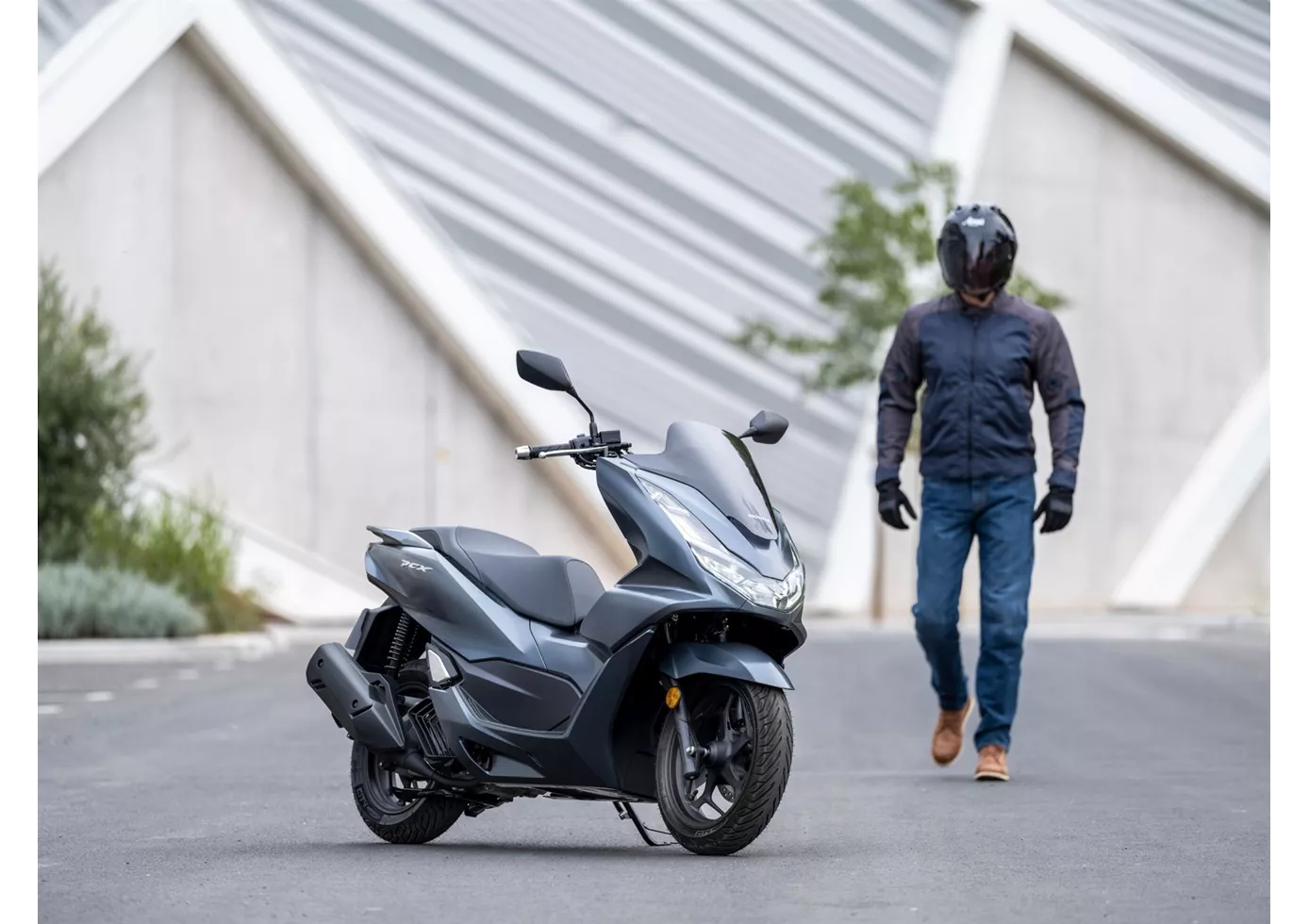
Le nouveau Honda PCX125 reste fidèle à sa ligne et se présente comme un compagnon fidèle avec lequel on peut se rendre sans souci au travail, à l'université ou à l'école. Grâce au moteur économique eSP+ et au système start-stop automatique intégré, la consommation et les nuisances sonores restent faibles - un vrai plus dans les villes hostiles aux véhicules à moteur thermique. Grâce à l'espace de rangement accru et au nouveau système Smart Key, il est également plus pratique que jamais. Si l'on recherche un scooter urbain stylé et de qualité japonaise, on ne peut en fait pas se tromper avec le nouveau Honda PCX125.
Yamaha NMAX 125 2017

Le Yamaha NMAX 125 est un scooter très simple qui fonctionne très bien. Il suffit de s'asseoir et de rouler. Sans trop réfléchir. Grâce à son faible poids, il reste très agile dans les virages et manœuvrer en ville est un jeu d'enfant. Le NMAX obtient également tous les points avec son look, ce qui le place parmi les scooters 125 les plus jolis.
Price Comparison Avarage Market Price Honda PCX 125 vs Yamaha NMAX 125
There are a few key differences between a Honda PCX 125 2021 and a Yamaha NMAX 125 2017. There are the same number of bikes of both models available on the 1000PS.de marketplace, specifically 8. It takes less time to sell a Honda PCX 125 with 74 days compared to 111 days for a Yamaha NMAX 125. Since model year 2010 1000PS.de editors have written 17 reviews for the Honda PCX 125 and 15 reviews for the Yamaha NMAX 125 since model year 2015. The first review for the Honda PCX 125 was published on 11/15/2009 and now has more than 16,200 views. This compares to more than 16,200 views for the first review on Yamaha NMAX 125 published on 5/20/2015.
